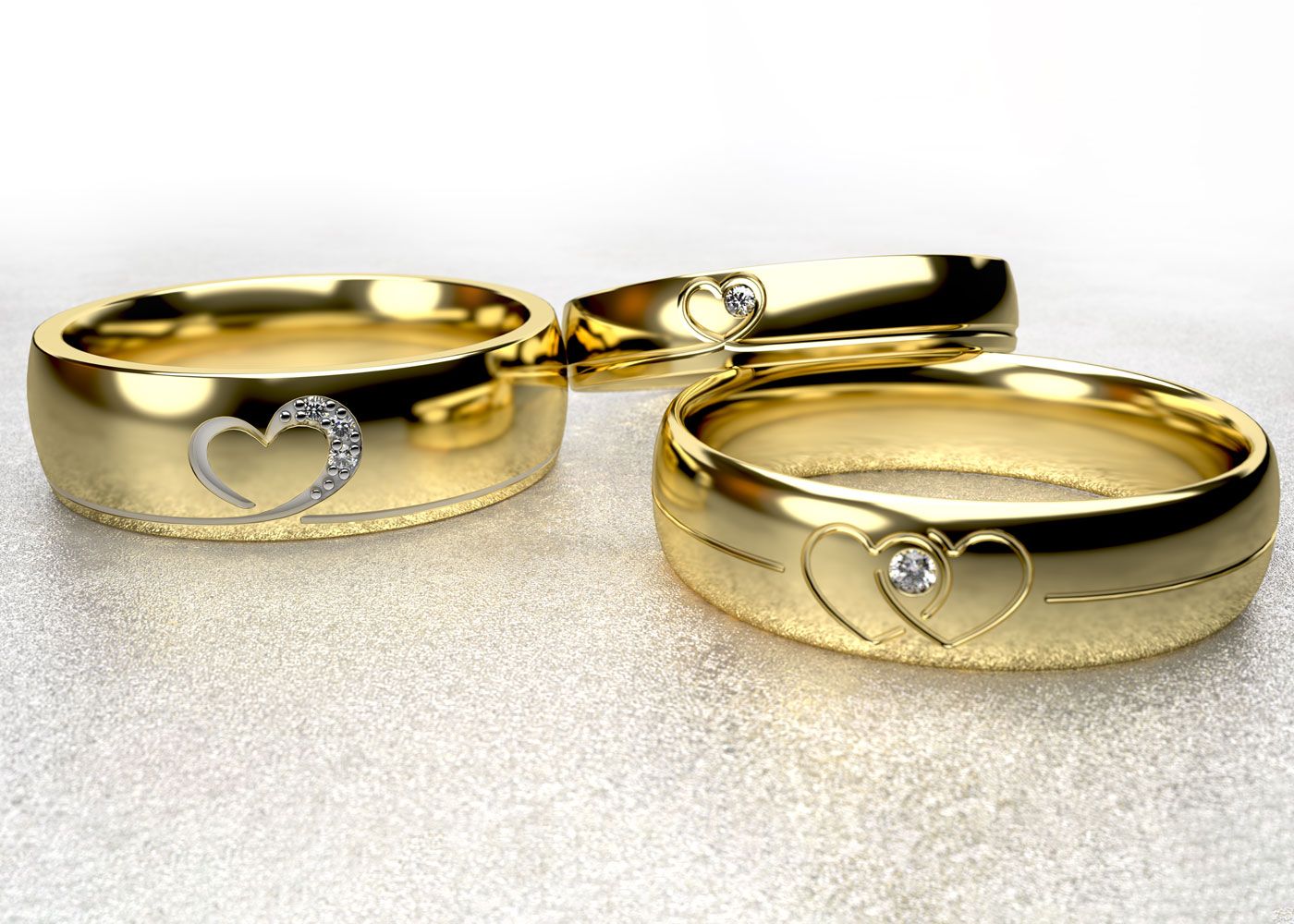
Why Is the Heart a Symbol of Love?
Some five thousand years ago in what is today the border between Pakistan and India, an artisan of the Indus Valley civilization crafted a pendant whose shape would appear to any modern viewer to be a heart. The shape actually represents the leaf of the peepal tree. While it’s not known exactly what it symbolized to that ancient civilization, the symbol remains an important religious symbol in Buddhism and Hinduism.
Meanwhile, three thousand years ago in China, a diviner inscribed a symbol on an oracle bone (bones used to ask the gods questions about crops, the weather, and other such matters). The character, which any of us could identify as a heart-shape, was the ancient Chinese character for “heart.”
Similar symbols have been found throughout the world, sometimes representing the heart, sometimes representing something with spiritual significance. Greek poetry associated the heart with love. In ancient Rome, the heart shape symbolized the leaf of a plant used as an aphrodisiac. In Medieval Europe, where the modern western concept of romantic love began to flourish in music and poetry, we begin to see the classic heart shape representing the organ of the heart and symbolizing the emotion of love.
All around the world, the heart shape has symbolized both the organ of the heart and deeply felt emotion. Today, the heart has become so synonymous with love that we barely recognize it as a metaphor (or more accurately, a metonym: referring to a concept by a thing related to that concept, like referring to a king as “the crown”). It’s kind of strange that the organ responsible for circulating blood throughout the body is our symbol for love.
Is it all that strange, though? Love gets your heart racing. It gets your blood pumping. It gives you a fluttery feeling in the chest. You get hot, your blood pressure rises, your cheeks flush. Love is something you don’t just think about; you feel it with your whole body. And when you lose that love, you’re heartbroken. At the center of those sensations is the heart.
This might not be a matter of your brain creating emotions and then telling your body how to respond. While it’s been long believed that sensations of pain are created in the brain, research published in the peer-reviewed Current Pain and Headache Reports suggests that it is the heart that sends pain signals to the brain, not the other way around, through the few nerves that connect the two, such as the Vagus nerve. The heart has its own “little brain,” a nervous system, mostly disconnected from the rest of the body, dedicated to keeping the heart pumping. This system is made up of 40,000 neurons, just like the ones in your brain.
Love does strange things to the body. Other studies have shown that the emotional and physiological responses of couples in love are more in sync than those of pairs of friends. These studies focus on the brain’s response to stimuli, but if the heart is the seat of emotion, then love truly is a case of two hearts becoming one.
Maybe those ancient artists and philosophers knew something it would take science centuries to realize: that the heart is more than just a symbol of love. Maybe the heart’s “little brain” actually is responsible for all of those wild sensations we feel when we’re falling in love, and when we share a life with someone, we’re also sharing our hearts. Share yours with the one you love with a matched pair of rings from our Hearts collection, which you can find here.